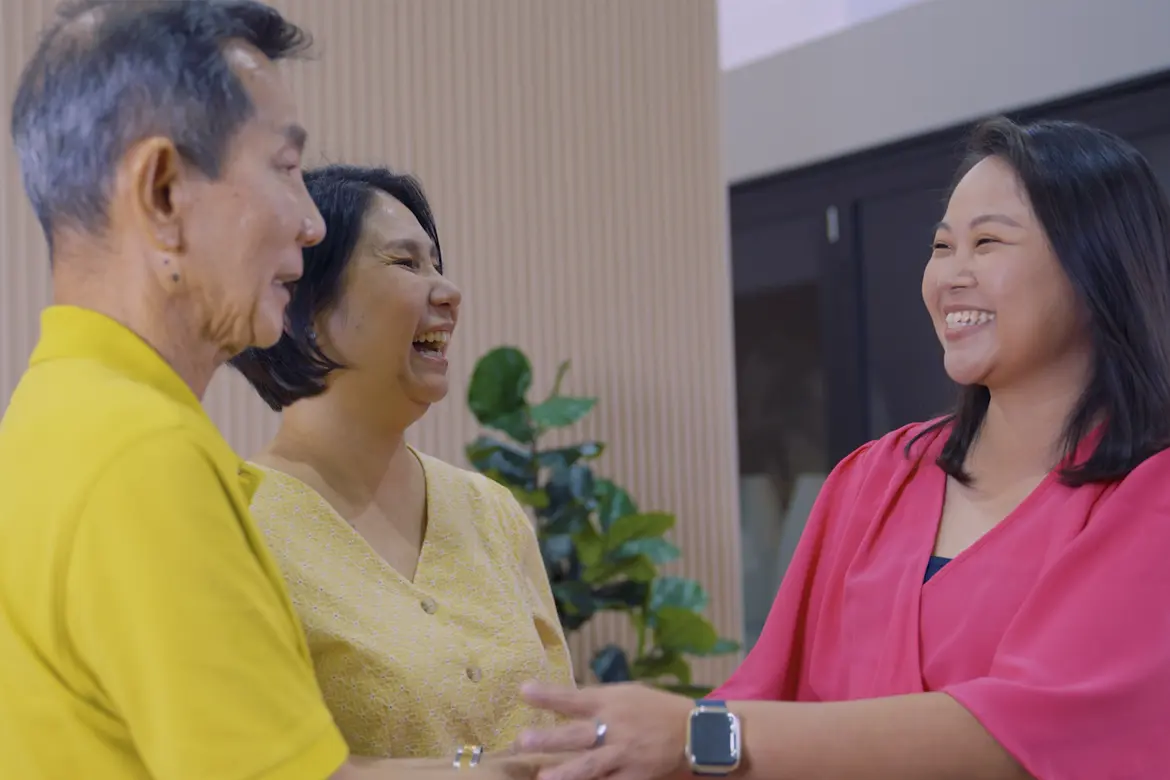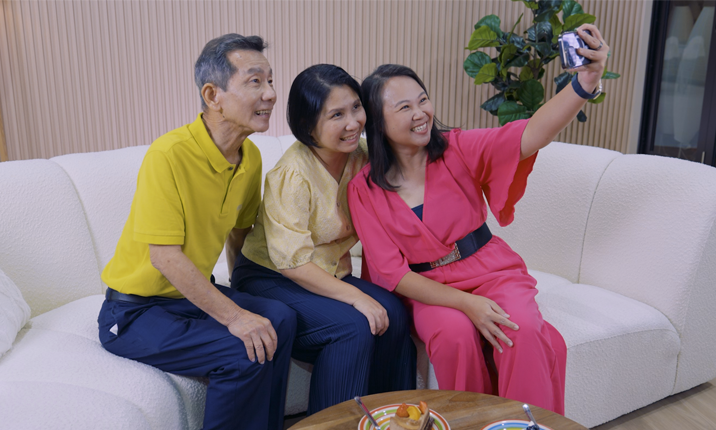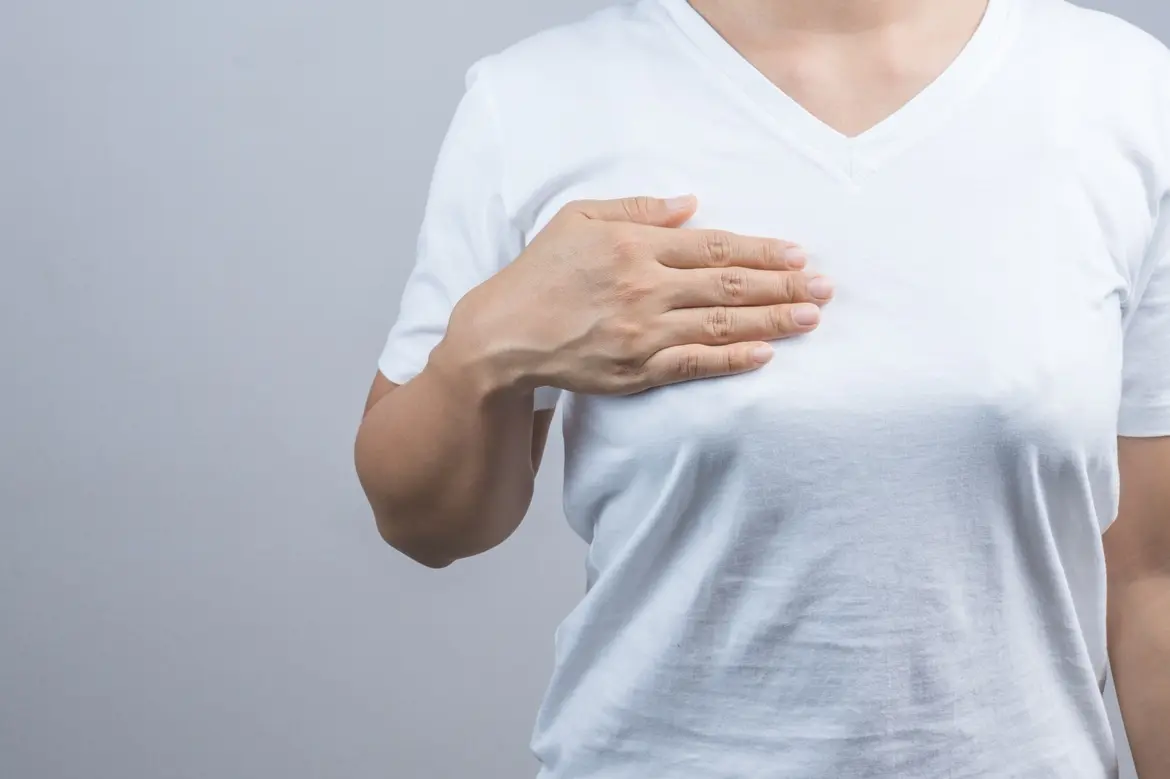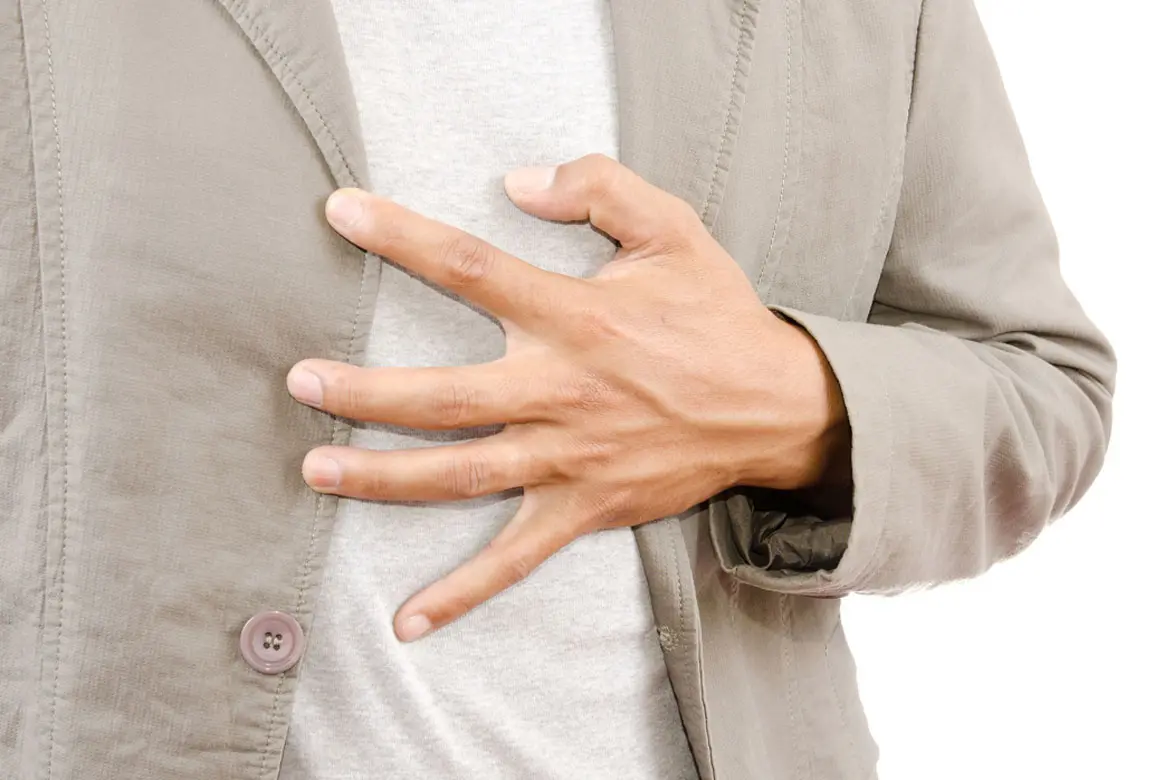

Beyond Blood Ties: A Second Chance for a Leukaemia Patient
Last updated: Friday, April 11, 2025 | 7 min reading time
Jerlene Xie’s decision to sign up as a bone marrow donor gave 73-year-old Ting Chew Thai a second chance at life, and sparked an unbreakable bond between their families.
When Jerlene Xie's mobile phone lit up with an unfamiliar number that morning in December of 2021, something felt different. As a sales and marketing manager, she was used to unexpected calls, but the voice on the other end stopped her in her tracks: "You're a match for someone who needs a bone marrow transplant."
Her mind raced back to that company event five years earlier, when she had signed up for the Bone Marrow Donor Programme (BMDP), which manages Singapore's only register of volunteer bone marrow donors. "When I received the call, I was very surprised, because it never occurred to me that I can really be a match for someone. I know the chances are really very slim," she recalls.
Her first thought was that it must be a scam. "After I verified it was legitimate, I was stunned," Ms Xie recalls. "The odds of being a compatible donor are so rare. Learning that my small contribution could play a part in someone's life fills me with thankfulness."
That someone was Mr Ting Chew Thai, then a 73-year-old retired businessman whose world turned upside down in November 2021. His daughter Ms Ting Jing Jing's discovery of unusual bruises on his thigh led to news that would hurt their family's peace and start them on an urgent search for hope.
“I remember taking photos of the bruises and sending them to his oncologist, Dr Richard Quek," says Jing. "He wanted to see Dad first thing the next morning – that's when I knew something was seriously wrong." Mr Ting, who had been dealing with health conditions since November 2018, was under the care of Dr Quek.
Tests revealed abnormalities, leading to a referral to haematologist Dr Dawn Mya, who runs her practice at Mount Elizabeth Novena Hospital. The diagnosis struck like a thunderbolt: acute myeloid leukaemia (AML), one of the most common types of blood cancer in adults in Singapore. For Jing, the words were as intimidating as the reality they represented. "I had no idea what leukaemia really meant," she recalls.
When life takes a turn
Her world changed overnight. Being an only child, Jing was thrust into the role of primary caregiver, exchanging her familiar routines for a crash course in medical care. Her days became a delicate balance of managing her career while guiding her father through chemotherapy, multiple appointments, and complex discussions with doctors. She explains that, due to her father's health condition, she moved him to stay with her and family since 2018.
The path forward was clear but daunting – Mr Ting needed a bone marrow transplant. Although considered a "fit elderly" patient, his advanced age increased the risks. His daughter, Jing, was only a 50% match, as children inherit half their genetic markers from each parent. With his siblings too elderly to be full match donors, an external donor had to be found. Dr Mya searched bone marrow registries, quickly identifying several potential matches in less than a month. Among them, Ms Xie emerged as the most compatible donor.
For Jing, deciding to proceed with the transplant was not an easy decision. "It was very risky, and I was filled with worry and doubt, especially given his age. But at the same time, I knew that without this option, his life would be at risk, and there was no other way to save him," she says.
"But Dr Quek and the team, including Dr Mya and Dr Colin Phipps Diong, were incredible," she adds. “I gained confidence knowing that his doctors were working tirelessly and would collaborate to address any challenges that came up. After speaking with each of them, I felt reassured by their expertise and commitment.”
A stranger steps forward
Meanwhile, Ms Xie was preparing for her pivotal role in this unfolding story. In the two months leading up to her donation — scheduled just three days before Chinese New Year — she underwent a series of medical screenings, including blood tests, an electrocardiogram, infectious disease checks and physical examinations.
She opted for peripheral blood stem cell collection instead of the traditional bone marrow extraction from the pelvic bone. For this process, she took daily injections for four days to increase her stem cell production, with the last one given on the day of the procedure. During the collection, her blood was drawn and passed through a machine that separated the stem cells, after which the rest of her blood was returned to her body.
"The actual procedure wasn't anything like what you see in movies," Ms Xie says. "I spent 7 hours on a hospital bed while they collected my stem cells. The next day, I still joined the company’s Chinese New Year's eve celebrations."
She reflects on the experience with gratitude and encouragement. "The donation process was actually painless for me. With today's advanced medical techniques and the professionalism of the teams, there's really nothing to worry about. If you're thinking about becoming a donor, I encourage you to take that step. You could give someone a second chance at life."
Beyond medicine
The bone marrow transplant was carried out the very next day, using Ms Xie's freshly collected and processed blood stem cells. The procedure was completed within an hour, and Mr Ting spent the following six weeks recovering in the hospital. After his transplant, Mr Ting experienced notable biological changes. His blood type changed from ‘A+’ to ‘O’, matching that of his donor, Ms Xie. While he once enjoyed spicy food, he found he could no longer tolerate it as well. However these were small adjustments in exchange for a second chance at life.
The story might have ended there, another anonymous life saved through medical science. But on World Marrow Donor Day in September 2024, something extraordinary happened. At an event hosted by BMDP, 10 pairs of recovered recipients met their donors for the first time. Among them were Mr Ting, his daughter Jing, and the woman who had saved their family – Ms Xie.
Two families, one bond
Until that day, Mr Ting had known only the barest details about his donor: a Singaporean female in her 30s. Now, finally putting a face to these facts, he expressed what he had long wanted to say: "She is my lifesaver, and I'm very thankful and grateful that she saved a stranger's life."
Since the transplant, Mr Ting says he has experienced an improvement in his well-being. His energy levels have increased, his appetite has gradually returned, and his hair, which he lost during chemotherapy, has grown back. He no longer feels nauseated, allowing him to enjoy life with a renewed sense of vitality.
Jing was equally moved by Ms Xie’s donation. "I am forever grateful that you came forward as a complete stranger to help us," she says. "You didn't even know who your recipient was, yet you still chose to give this precious gift. That you did this during Chinese New Year, setting aside your busy work schedule and even postponing your travel plans – it moves me deeply."
Since the transplant, Jing has been closely supporting her father in his recovery. She noticed that his appetite has decreased, making it harder for him to regain weight. Despite these challenges, she remains positive, encouraging him to take small steps, like taking 10-minute walks daily to gradually rebuild his strength and energy.
What began as a medical procedure blossomed into something more. The Tings invited Ms Xie to their home for dinner, and these visits became a cherished tradition. Three strangers transformed into an unlikely family, bound by something deeper than blood.
Ms Xie remains humble about her role but has found a new purpose in advocacy. "I didn't do anything extraordinary," she insists. "I just answered a call. But if sharing our story encourages others to join the donor registry, then that's another life that might be saved."
In Singapore, 6 people are diagnosed with blood-related diseases, including leukaemia, lymphoma, and multiple myeloma, every day, according to BMDP. For these patients and their families, Ms Xie's "Yes" to that unexpected phone call did more than save one life – it showed how a moment of kindness between strangers could grow into something neither had imagined possible.
Understanding leukaemia
Leukemia is a type of blood cancer that begins in the bone marrow, where abnormal white blood cells are produced in large numbers. These immature cells, known as leukemic cells, crowd out healthy blood cells and interfere with the body’s ability to fight infections. Leukemia can be acute (progressing rapidly) or chronic (progressing slowly), and the type depends on the kind of white blood cells affected — either myeloid or lymphoid cells.
Learn more about leukaemia and its various types.
Stem cell transplants: A lifeline for blood cancer patients
Stem cell transplants are a powerful treatment option for patients with blood cancers and blood disorders, such as leukaemia, lymphoma and multiple myeloma. The procedure involves replacing damaged or diseased bone marrow with healthy blood-forming stem cells to help the body produce new, healthy blood cells.
These stem cells can be collected from different sources — including bone marrow, blood stream, or cord blood — depending on the patient's condition and treatment needs.
While bone marrow transplants are one method, the broader term “stem cell transplant” covers a range of life-saving techniques that offer patients a chance at recovery and renewed health.
Learn more about how stem cell transplants save lives.
Mount Elizabeth Cancer Care: Possible Starts Today
At Mount Elizabeth Hospitals, we offer expert care for [leukaemia](/conditions-diseases/leukemia/symptoms-causes) and other blood-related cancers, supported by a dedicated team of haematologists, oncologists, and transplant specialists. From diagnosis to advanced treatments like [stem cell and bone marrow transplants](/conditions-treatments/transplant/stem-cell-transplant), we’re here to guide you every step of the way. If you or a loved one is facing a blood cancer diagnosis, we're ready to hel
Find a specialist Brain & Spine Care
Brain & Spine Care








